Aluminum (Al) is a lightweight, silvery-white metal with atomic number 13, belonging to Group 13 of the periodic table. It possesses a face-centered cubic (FCC) crystal structure that contributes to its excellent formability and ductility. As the third most abundant element in Earth’s crust (8.1% by weight), aluminum never occurs naturally in metallic form due to its high reactivity, instead existing primarily in bauxite ore (Al₂O₃·xH₂O). The metal’s combination of low density (2.70 g/cm³), good electrical conductivity (61% IACS), and natural corrosion resistance makes it indispensable for modern engineering applications.
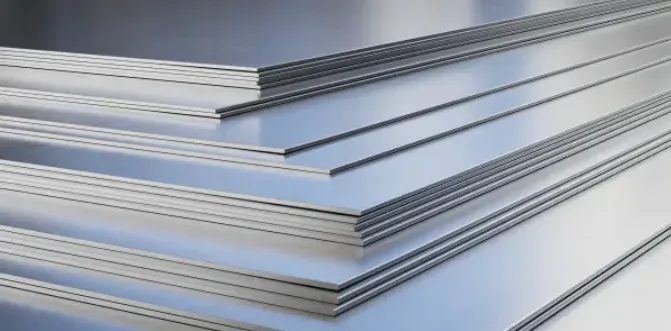 Production Process and Metallurgy
Production Process and Metallurgy
Commercial aluminum production follows the Bayer process for refining bauxite into alumina (Al₂O₃), followed by the Hall-Héroult electrolytic reduction process. This energy-intensive method requires approximately 13-15 kWh per kilogram of aluminum produced, with modern smelters operating at 90-95% current efficiency. Secondary production through recycling consumes only 5% of the energy required for primary production, with nearly 75% of all aluminum ever produced still in use today. Alloying elements including copper (2xxx series), silicon (4xxx series), magnesium (5xxx series), and zinc (7xxx series) enhance specific properties while maintaining the metal’s advantageous strength-to-weight ratio.
Mechanical and Physical Characteristics
The mechanical properties of aluminum vary significantly between pure (1xxx series) and alloyed forms:
- Tensile Strength: 70 MPa (pure) to 700 MPa (high-strength alloys)
- Elongation: 40-50% (annealed) to 5-10% (fully hardened)
- Melting Point: 660.3°C (pure), reduced in alloyed forms
- Thermal Conductivity: 237 W/m·K (pure), decreased by alloying
- Electrical Resistivity: 2.65 μΩ·cm (pure)
The metal demonstrates excellent fatigue resistance with an endurance limit around 30-40% of tensile strength, and maintains mechanical properties at cryogenic temperatures, making it ideal for aerospace and liquefied gas applications.
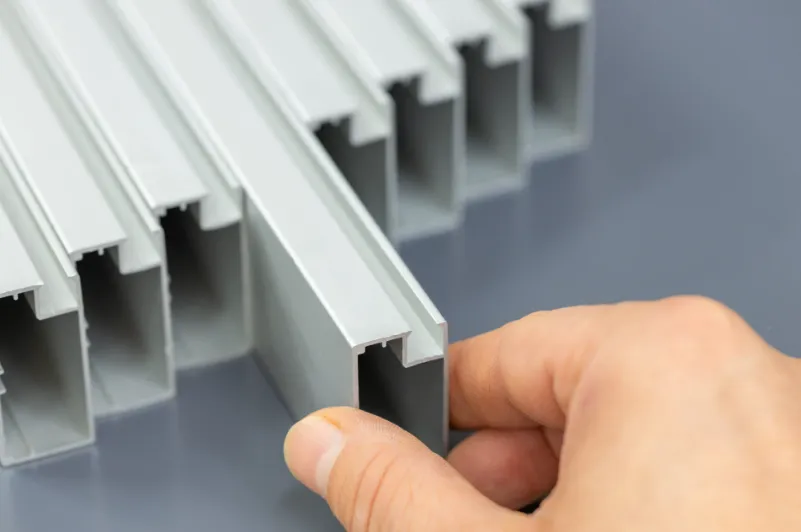
Corrosion Behavior and Surface Treatments
Aluminum’s corrosion resistance stems from a self-forming 2-10nm thick oxide layer (Al₂O₃) that rapidly reforms when damaged. This passive layer provides protection in pH ranges of 4-9, though localized corrosion can occur in chloride environments. Common surface enhancement techniques include:
- Anodizing: Electrochemical thickening of oxide layer (5-25μm)
- Chemical Conversion Coatings: Chromate or non-chromate pretreatments
- Powder Coating: Polymer-based protective finishes
- Cladding: Pure aluminum layers over alloy cores
These treatments extend service life in aggressive environments while providing aesthetic options for architectural applications.
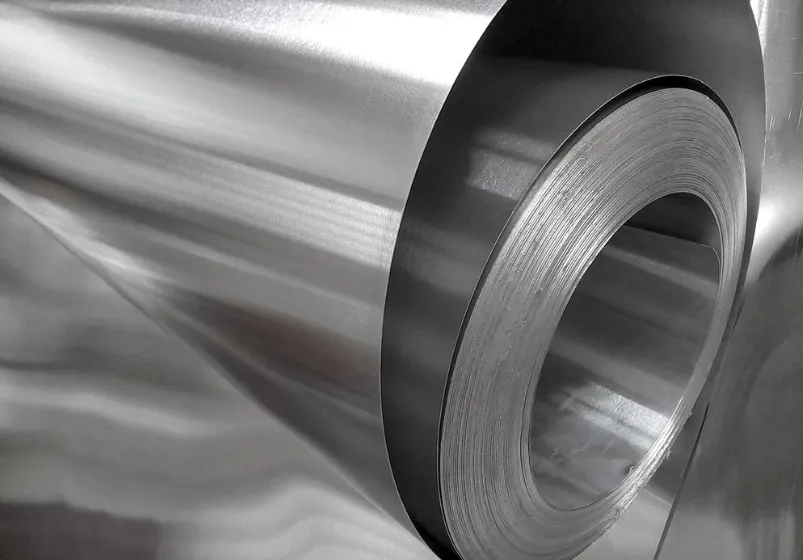
Industrial Applications by Sector
Aluminum’s versatility has established it as a critical material across multiple industries:
- Transportation
- Aircraft structures (2024, 7075 alloys)
- Automotive body panels (5182, 5754)
- High-speed train components
- Construction
- Curtain wall systems (6063 extrusions)
- Roofing and cladding (3005, 3105)
- Structural framing (6061, 6082)
- Packaging
- Beverage cans (3004 body, 5182 ends)
- Foil products (8011, 8079)
- Pharmaceutical packaging
- Electrical
- Power transmission lines (1350)
- Busbar systems (6101)
- Heat sinks (1050, 1100)
- Consumer Goods
- Electronics casings
- Cookware (3003)
- Sporting equipment
Emerging Technologies and Advanced Applications
Recent developments have expanded aluminum’s role in high-tech sectors:
- Additive Manufacturing: Specialized AlSi10Mg powder for 3D printing
- Battery Technology: Foam anodes for lithium-ion batteries
- Hydrogen Storage: Cryogenic-compatible alloys for fuel cells
- Smart Materials: Shape memory aluminum alloys
Research continues into nanostructured aluminum variants offering enhanced strength and novel functionalities for next-generation applications.
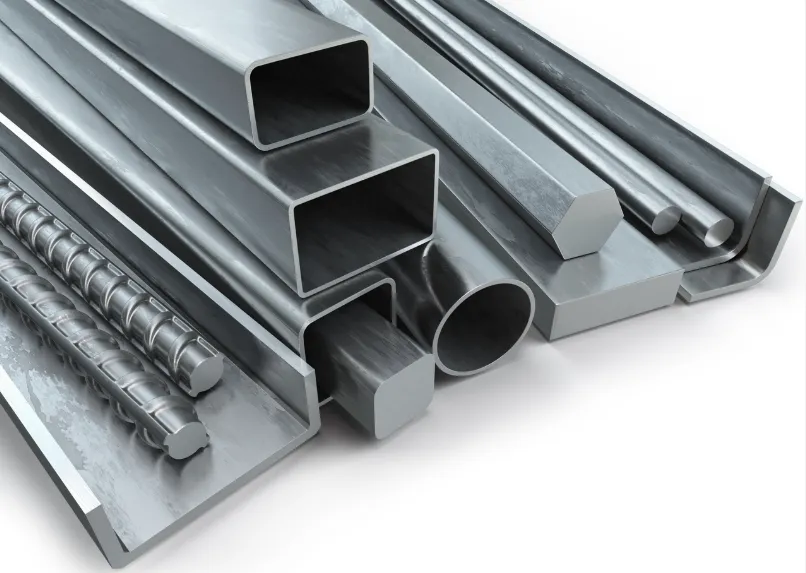
Economic and Environmental Considerations
The global aluminum market reached 68 million metric tons in 2023, with China accounting for 57% of production. Key sustainability aspects include:
- Recycling Efficiency: 95% energy savings versus primary production
- Lifecycle Assessment: 85-95% lower CO₂ emissions for recycled material
- Closed-Loop Systems: Automotive industry achieves 90% recycling rates
Modern smelters employ point feeding systems and wettable cathodes to reduce energy consumption below 13,000 kWh/ton, while carbon capture technologies address process emissions.
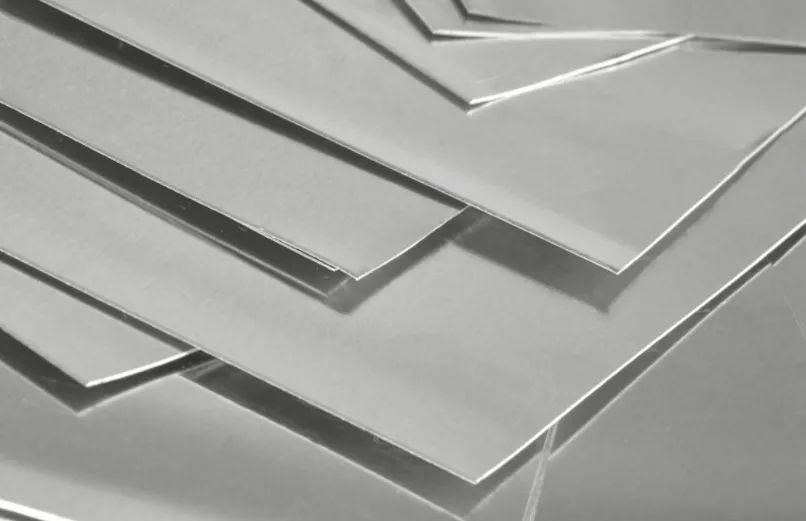
Future Outlook and Research Directions
Ongoing aluminum technology development focuses on:
- Alloy Innovation: High-strength, high-ductility compositions
- Process Optimization: Inert anode technology for green smelting
- Hybrid Materials: Aluminum matrix composites
- Circular Economy: Improved sorting and separation techniques
These advancements will further cement aluminum’s position as a critical material for sustainable industrial development across global markets.




